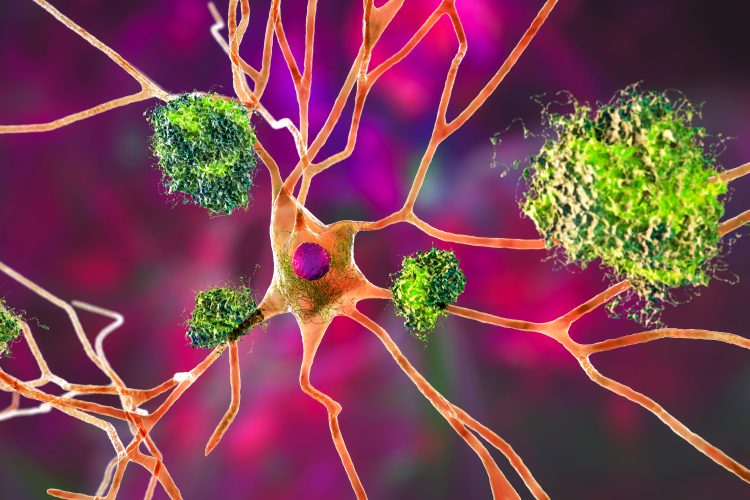The therapeutic potential of targeting guidance receptors
Posted: 28 May 2024 | Drug Target Review | No comments yet
Researchers found that relaxing glial spacing by targeting Plexin-B1 has great therapeutic potential for Alzheimer’s disease.


Scientists at the Icahn School of Medicine at Mount Sinai have identified a new method that could potentially slow down or stop Alzheimer’s disease (AD) progression. By investigating the role of reactive astrocytes and the plexin-B1 protein in AD pathophysiology, important insights into brain cell communication have been provided, which could lead to novel treatment strategies.
Driven by the analysis of data comparing healthy individuals to those with AD, the researchers aimed to elucidate the condition’s molecular and cellular foundations. Senior author of the study Dr Roland Friedel, Associate Professor of Neuroscience, and Neurosurgery, at Icahn Mount Sinai, stated: “Our findings offer a promising path for developing new treatments by improving how cells interact with these harmful plaques.” One of the study’s lead authors Dr Hongyan Zou, Professor of Neurosurgery, and Neuroscience at Icahn Mount Sinai added: “Our study opens new pathways for Alzheimer’s research, emphasising the importance of cellular interactions in developing neurodegenerative disease treatments.”
They found that reactive astrocytes, a type of brain cell that becomes activated in response to injury or disease, control cell distancing in peri-plaque glial nets, which restricts microglial access to harmful amyloid deposits. This process is presided over by a guidance receptor named Plexin-B1 (PLXNB1). It is a network hub gene in people with late-onset AD and is upregulated in plaque-associated astrocytes.
Using a mouse AD model, the team deleted Plexin-B1 and observed that there was a reduced number of reactive astrocytes and microglia in peri-plaque glial nets. However, they saw an elevated coverage of plaques by glial processes, as well as transcriptional changes which suggested a lessening of neuroinflammation.
Notably, one of the study’s most significant achievements is its validation of multiscale gene network models of AD. Another lead author Dr Bin Zhang, Willard T.C. Johnson Research Professor of Neurogenetics at Ichan Mount Sinai, said of the study: “It lays a solid foundation for developing novel therapeutics targeting such highly predictive network models.”
Although more research is required to translate these discoveries into human treatments, this study shows that relaxing glial spacing by targeting guidance receptors like Plexin-B1 could have a great therapeutic potential, increasing plaque compaction and reducing neuroinflammation.
This study was published in Nature Neuroscience.
Related topics
Analysis, Drug Targets, Neurosciences
Related conditions
Alzheimer's disease (AD)
Related organisations
Ichan School of Medicine at Mount Sinai








